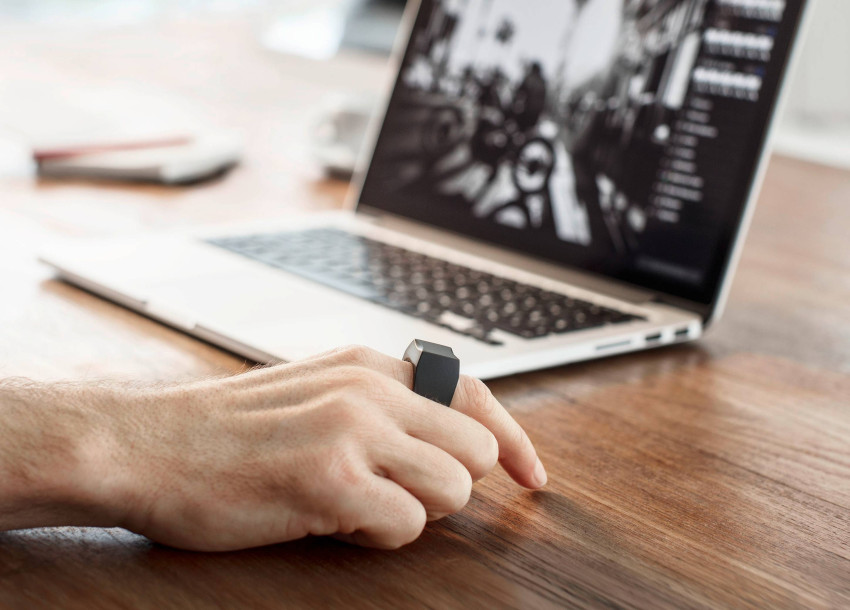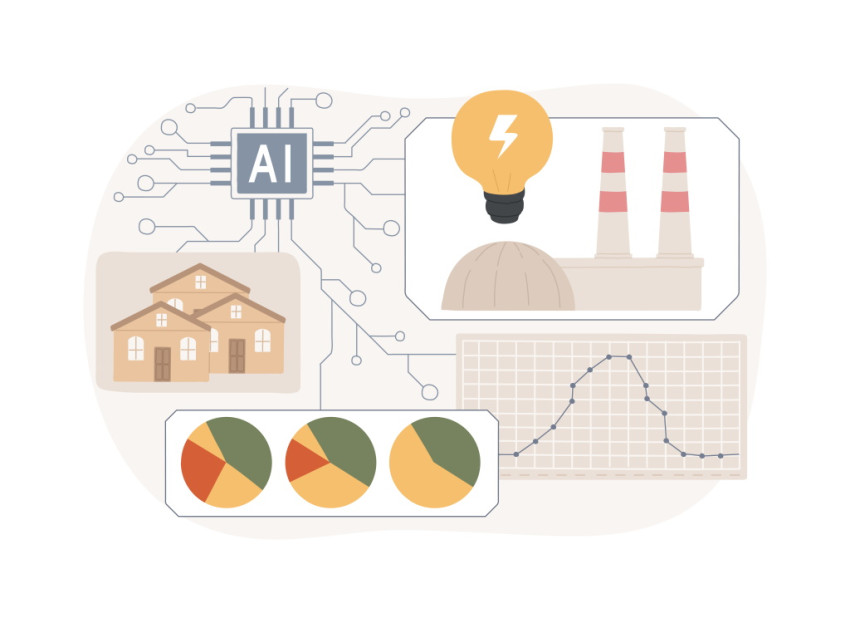
Dutch Design Week examines relationship between man and technology
Man and technology might be inextricably linked, but what does the human side of technology look like? The Manifestations exhibition is exploring this issue during the Dutch Design Week, with fifty young artists presenting extreme, imposing and sometimes very heart-warming exhibitions.

Some 3000 m2 of the latest technological innovations occupy the entire 9th floor of the Veem building in the Strijp-S district of Eindhoven. Although there is a major focus on the future, the vast majority of the technology on display is already within reach thanks to recent developments. Visitors may interact with many of the works of art. A robotic arm operated by air pressure can be controlled by young and old alike. You can also admire jewellery that helps the visually impaired move in public spaces, as it alerts the wearer if others come close.
Viola van Alphen, organiser of the Manifestations exhibition, thinks the relationship between people and technology can be compared to a love affair. Is technology your ideal boyfriend, or rather dominant and highly strung? ‘It’s probably a combination of various elements, something we’re showing in this exhibition.' Van Alphen selected the work of the artists carefully. ‘I think it's a waste to blindly follow developments in Silicon Valley. These artists have looked at the softer, more feminine side of technology.'
Printed recycled food
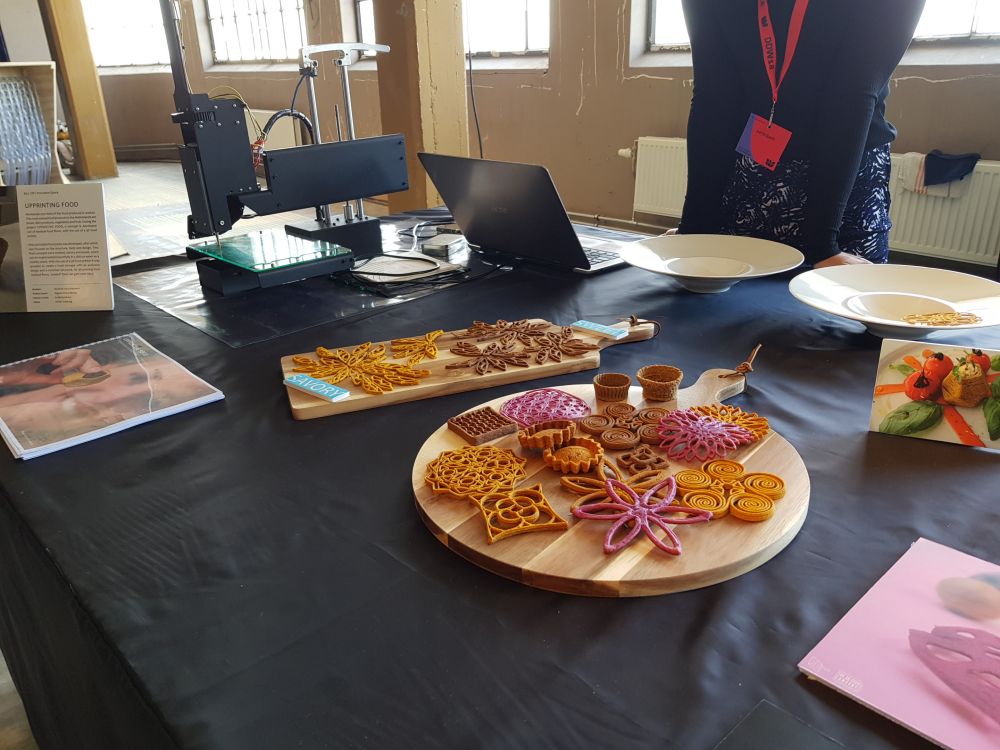
Elzelinde van Doleweerd, who is studying industrial design, uses a 3D printer to print food. 75% of the 'dough' used by the printer consists of food that would otherwise be thrown away. ‘It’s made of things like old bread, overripe bananas or rejected carrots. I give it some flavour with spices like cinnamon, and then it can be printed.’ The printer is hard at work on the corner of the table, so visitors can taste its wares. In future, Elzelinde wants to open a restaurant where she can include these biscuit-like elements in recipes. ‘I really like cooking, and would love to use this technology in such a situation.’
Clothes that grow
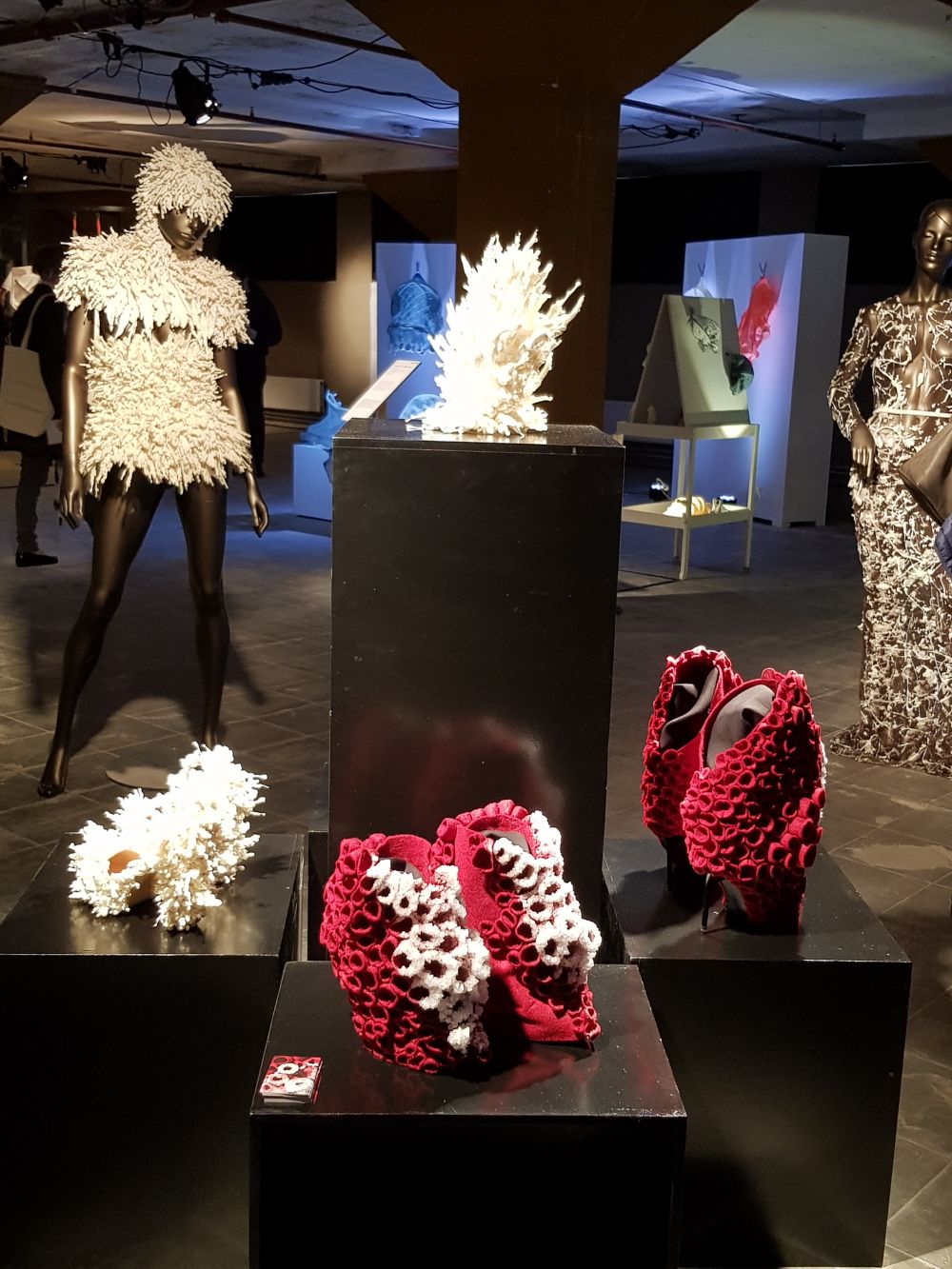
Besides the food of the future, various designers have looked at the future of clothing. Tim Dekkers, for example, has developed garments that grow by themselves. 'I always start a design by experimenting with materials. During my internship, I accidentally used the wrong doses in the mixing phase. The polyurethane I was trying out, a kind of plastic, started to grow.' He has further developed this characteristic, and made a number of garments with the material. In addition, Dekkers improved other designs by hanging them in a bath of alum, a natural material. ‘It results in crystal-like formations on the clothes.' His main goal: 'I want to see to what extent I can influence materials as a human being. On the other hand, it’s also a question of letting go, as there’s a limit to how much I can influence the growth process.’
Neobio
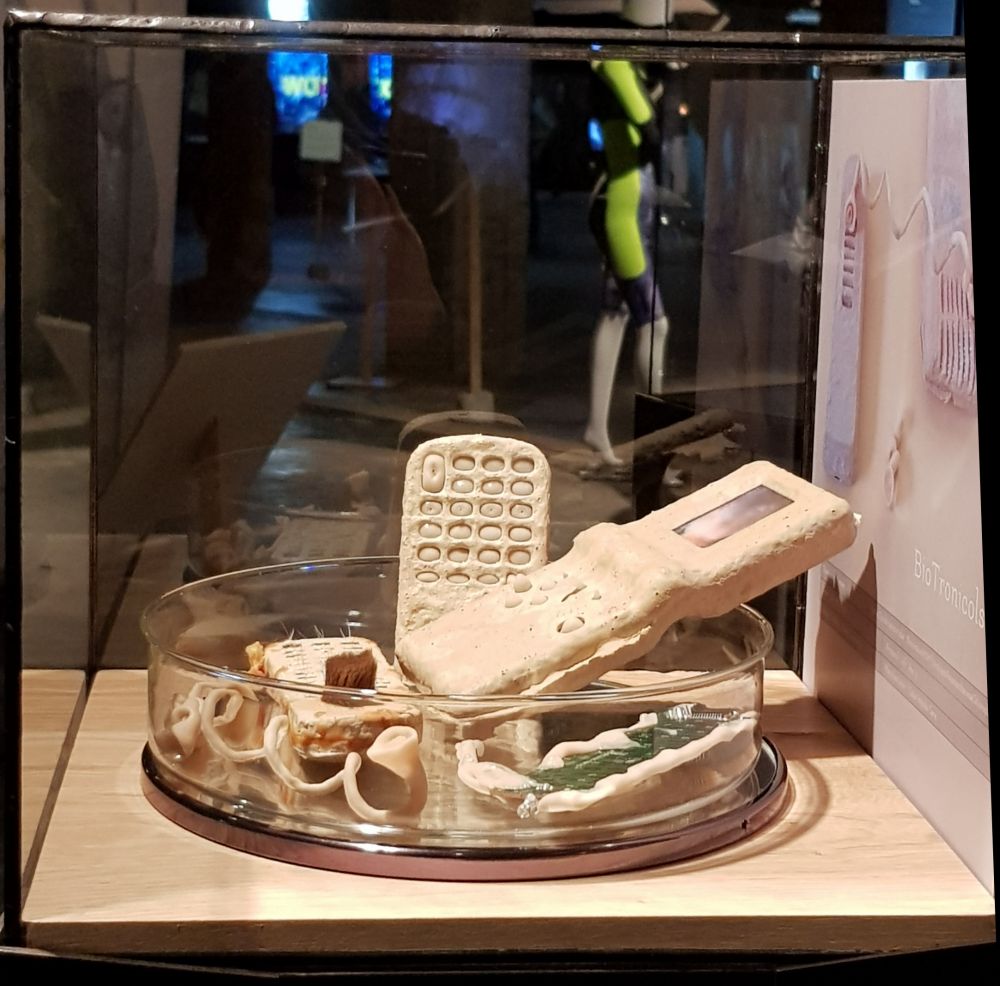
Concept designer and trendwatcher Nicole Spit uses biotechnology to bring technical devices to life with her works of art. By manipulating DNA, she gives devices a new function. For example, the buttons of your future smartphone can react to your touch, such as by moving a little.
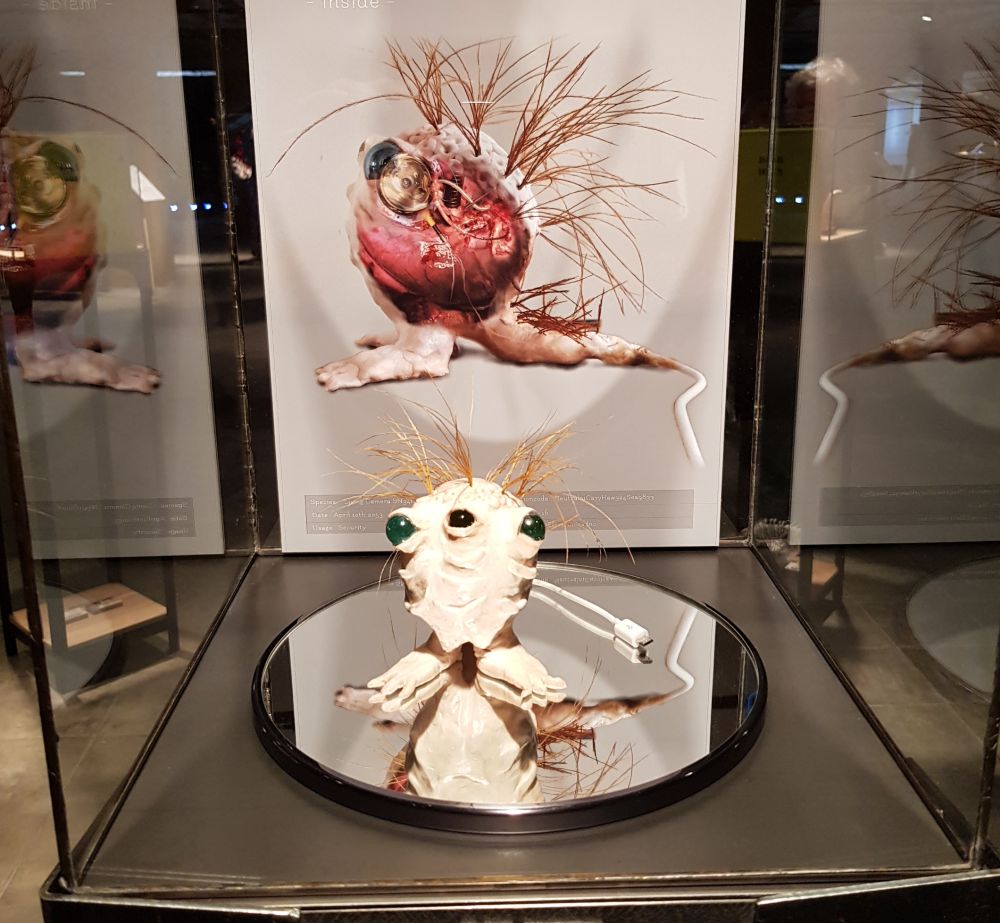
NeoBio beings by Nicole Spit.
Spit uses CRISPR-Cas9 technology for her work, which allows DNA to be changed very specifically. She has made a little creature with three eyes and two feet, who measures things like movement and air quality with his eyes. He can feel an imminent earthquake through the vibration of the earth much earlier than a person. 'Dogs often feel an earthquake coming much sooner,' explains Spit. 'In this way, I’m combining the positive aspects of the technology with the best from nature to get an optimum result.'
Ethical phishing
There are also more familiar technologies on display in the Veem building. Rogier van der Galiën is working on a project which uses phishing in an ethical way. 'The intention is to make people aware of online phishing of data. I don’t store the data I manage to get, but show the people who have fallen for it a screen with explanations.' In his exhibition, he shows which tricks he uses, such as placing small dots under certain letters in the URL of a login page of a site. 'People think that they’re logging in to something like Dropbox or Facebook, but in reality they leave their data in a completely different place.' (Linda Bak)
Manifestations is an extensive interactive exhibition where various artists are showing their visions of the future. The theme of all the artwork is the relationship between people and technology. As a result, most works of art are very practical and aimed at use in society. Some elements have a science-fiction-like appearance or a special story underlying them, which keeps viewers on their toes.
The Manifestations exhibition is on display from 20 to 28 October in the Veem building during the Dutch Design Week in Eindhoven.
If you found this article interesting, subscribe for free to our weekly newsletter!


